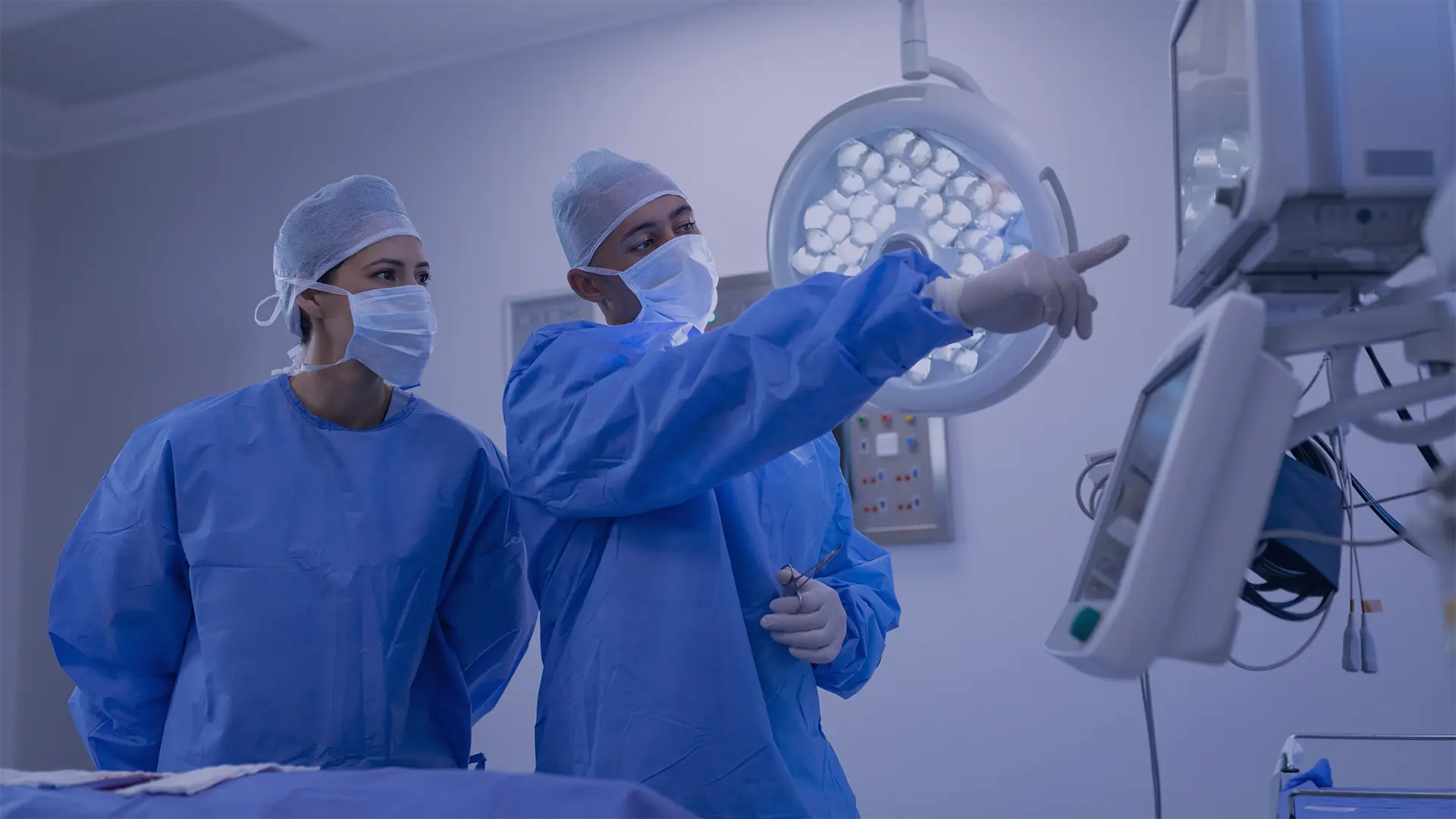Case Study: Transforming Medical Devices and Robotics with Voice User Interface
In the ever-evolving field of healthcare, the integration of state-of-the-art technology continues to reshape the landscape. One such transformative development is the incorporation of Voice User Interface (Voice UI) into medical devices and robotics.
At Creoir, we’ve witnessed the profound impact of Voice UI on medical equipment and robotic systems through collaboration with medical device designers and manufacturers. In this case study, we’ll explore the current methods of controlling medical devices, examine the potential applications of Voice UI, and highlight the revolutionary changes it brings to the way medical professionals interact with these devices. Throughout this study, we’ll assess how Creoir EdgeVUI™, our embedded voice solution, can digitally integrate into modern medical devices and robotics.
Sterility Requirements and Complexity Risks in Current Control Mechanisms
Traditionally, professionals have controlled medical devices and robotics through a combination of physical interfaces, buttons, switches, and touchscreens. While these methods are effective, they often pose challenges, particularly in sterile environments where minimizing physical contact is crucial. Moreover, operating complex devices requires extensive training, leading to inefficiencies and a heightened risk of errors.
Natural Interactions with Voice Commands
Voice UI provides a solution to these challenges. This technology empowers medical professionals to interact with devices and robotics using natural language commands, facilitated by integrated voice recognition systems.
With Voice UI, numerous medical applications become more intuitive and user-friendly. For instance, surgical robots can respond to voice commands, monitors can be configured and queried, and other secondary controls can be operated hands-free
Benefits of Widening Medical Device Operation by Voice UI
The implementation of Voice UI in medical devices and robotics revolutionizes the way medical professionals operate these technologies.
Improving Sterility
Firstly, Voice UI significantly reduces physical contact, enhancing sterility levels. In operating rooms and isolation units, where cleanliness is paramount, this reduction in touch-based interactions decreases the risk of contamination.
Helping to Focus
Voice UI minimizes the need for professionals to break focus, as they can control devices and gather information without diverting their attention from the task at hand.
Improved Efficiency and Workflow
The integration of Voice UI enhances efficiency and workflow in healthcare settings. Professionals save valuable time by vocalizing commands or inquiries, reducing the need for cumbersome manual inputs. This streamlines workflows and minimizes errors, virtually eliminating the risk of selecting incorrect options or pressing the wrong buttons
Quick Adaption of New Equipment
Additionally, the ease of use allows medical staff to quickly adapt to new equipment, lowering the learning curve and improving overall device adoption.
Enabling Enhanced Patient Care
Voice UI’s transformative power extends beyond device operation. By enabling medical professionals to focus more on patients and less on device management, the technology can lead to higher-quality care. Clinicians can engage with patients more effectively, spend additional time on diagnosis and treatment planning, and provide emotional support. Voice UI empowers medical professionals to be more patient-centric, resulting in a more positive and compassionate healthcare environment.
Conclusion: Hands-free, Intuitive Device Control Enhances Patient Care
The integration of Voice UI into medical devices and robotics is ushering in a new era of healthcare technology. It offers a hands-free, intuitive, and sterile means of device control, reducing the risk of errors, improving efficiency, and enhancing patient care.
With Creoir’s insights into the medical device industry, it’s evident that Voice UI will benefit healthcare professionals and has the potential to revolutionize the medical industry, enhancing accessibility and effectiveness for both providers and patients. The future of medical devices and robotics is undoubtedly vocal.
Creoir’s EdgeVUI™ embedded voice solution enables Voice User Interfaces on-the-edge, ensuring the privacy of confidential data.
